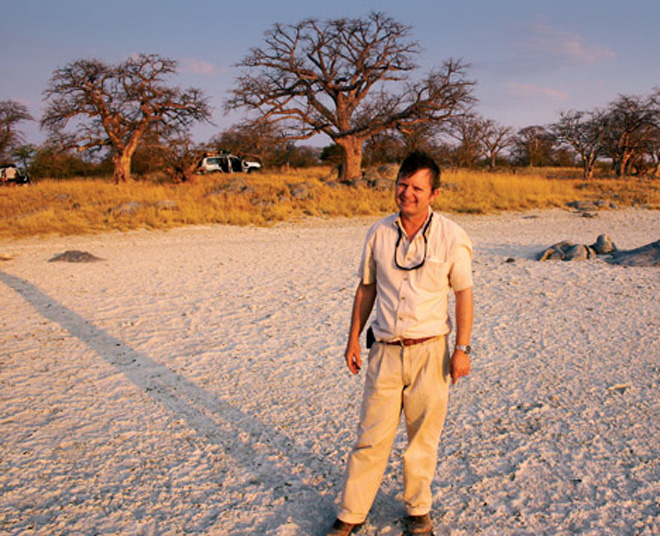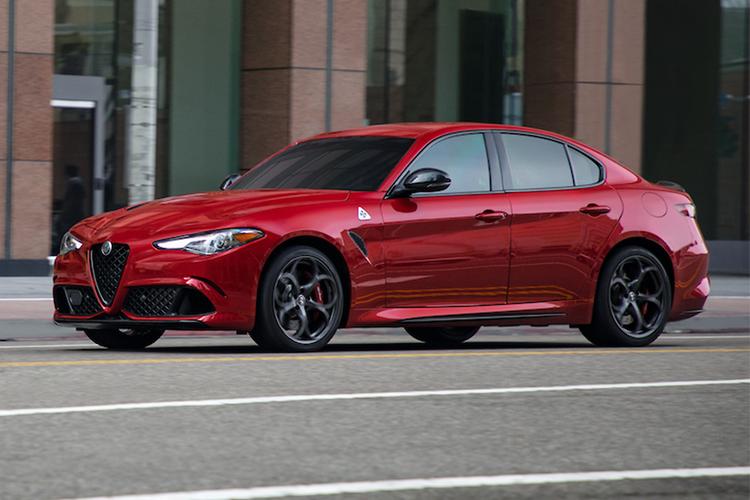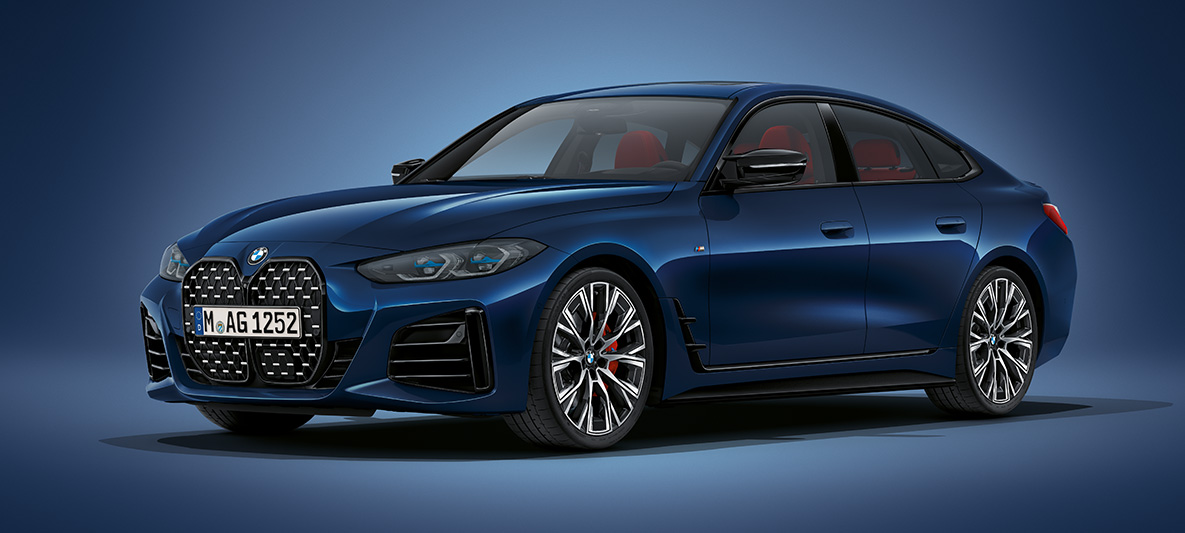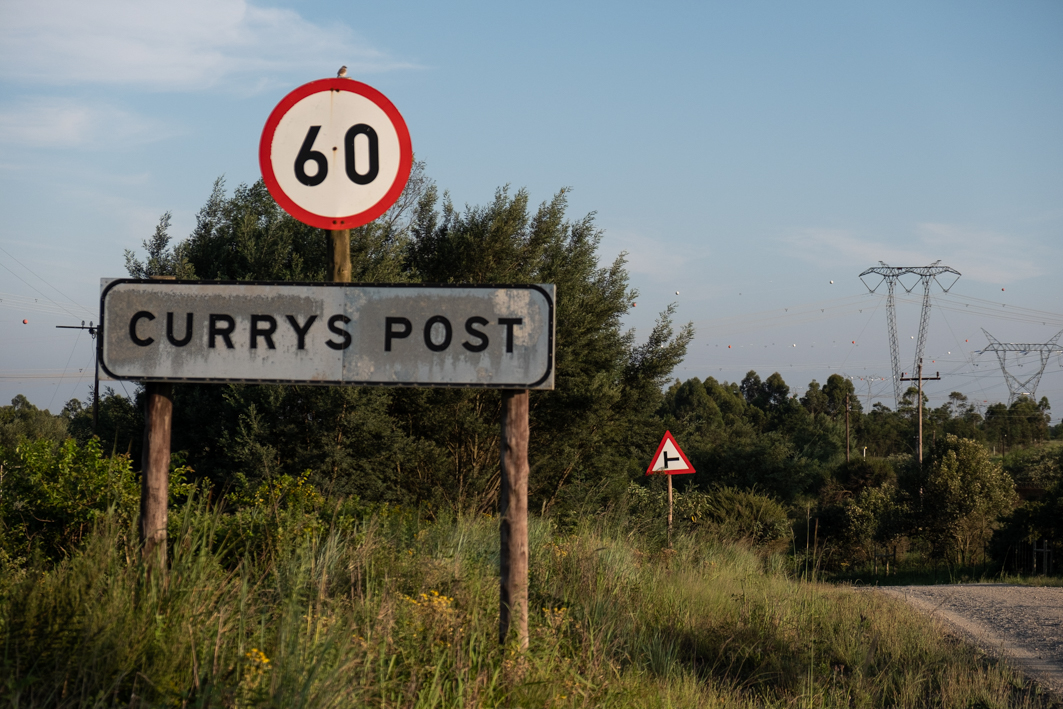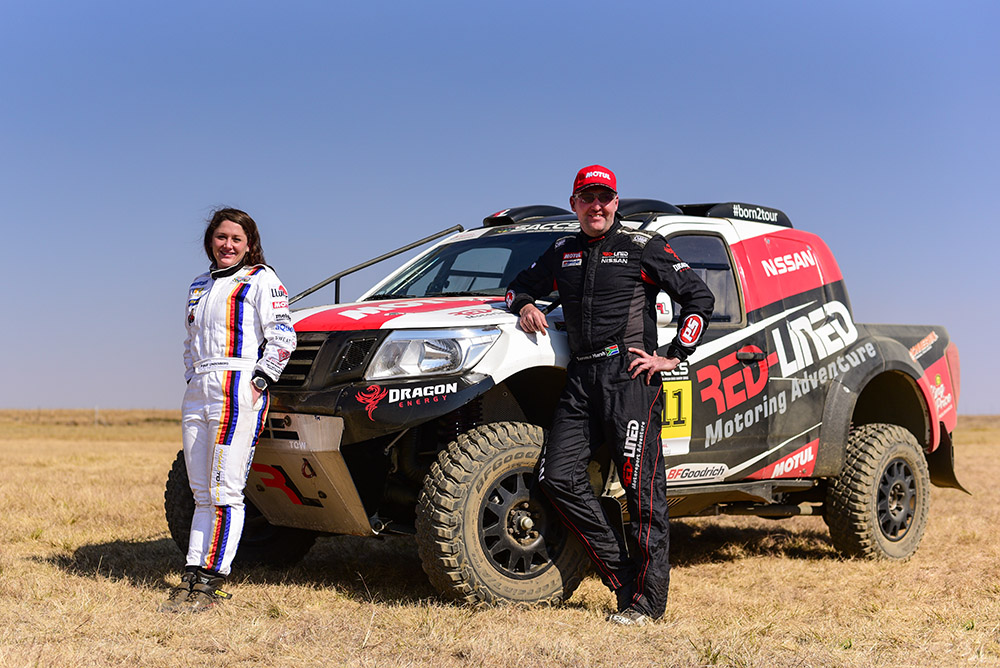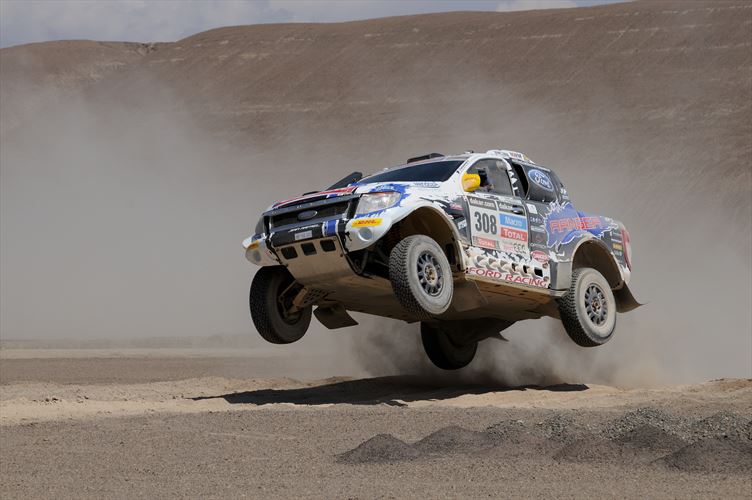The tricky part of choosing a four-wheel drive vehicle is that modern off-roaders have dual personalities. Many are required to cruise economically and comfortably, and when the road ends these same vehicles are asked to climb hills more suited to a mountain goat.
Armed with insight into how vehicles are designed to cope with these demands is of significant advantage to the buyer and operator.
4×4 or 4×2?
“A 4×2 with axle differential lock can go just about anywhere that a 4×4 can go”. This statement, often used as selling hype on the showroom floor, is untrue and misleading.
The difference in the off-road ability of a high-clearance 4×4 and a similar 4×2 with axle differential lock is dramatic. The difference in the off-road ability of a high-clearance 4×2 with differential lock and a similar vehicle without diff lock is also dramatic, but only under specific conditions. Why are these differences so vast?
Half the load, double the traction
A 4×2 transmission means that of the four wheels on the ground, two are driven. Therefore, 100% of the tractive force necessary to push the vehicle is divided between these two wheels.
Add two more driving wheels and things change dramatically. The tractive force is now divided between four wheels, halving the load on each wheel and thus doubling the effective traction. So in the laboratory, when the terrain under the vehicle remains constant, a 4×4 has twice the tractional ability of a 4×2.
In the real world with rocks, grass, mud and sand challenging the grip of the tyres, things get even better for the 4×4, because the tractive qualities of the ground under each wheel are never equal or constant. For the purposes of this discussion, we will assume that the 4×2 has its rear differential locked and the 4×4 has no axle differential locks.
For our 4×2 to move, one of its two driving wheels must lie on terrain that will support the tractive effort. If not, both driving wheels will spin.
In the case of our 4×4, it will move if any one of the four wheels has enough grip to support the tractive effort, with the following proviso: should one of the wheels on any one axle lose 100% of its traction, the demand for traction is transferred to the other axle. For a moment the vehicle effectively becomes a 4×2, until conditions change.
As the vehicle moves, conditions change by the millisecond, during which time traction is transferred from one wheel to another and from one axle to another. So, not only is the traction load split between left and right wheels, it is simultaneously split between back and front.
Another way to illustrate how these vehicles differ in ability is to ask how each driver feels about driving over difficult terrain. While the 4×2 driver moves along the trail he is concerned that conditions are going to get too difficult for him to continue.
The 4×4 driver, on the other hand, is excited about the prospect that the trail will get tougher, and that his or her vehicle will be challenged.
Yet another way of looking at it is to count the broken differentials that litter 4×4 trails. These shattered components mostly come from 4x2s that, having completed 80% of the trail, were asked to overcome a steep rocky climb that stood between them and an overnight stop.
And so the driver, loath to turn back, throws caution and good sense to the wind and attacks the slope like a test pilot attempting a new climb-to-altitude record.
The reason for needing to rush the slope is the lack of low transfer gearing. Without it, the vehicle has no choice but to race. The high speed means that wheels bounce violently and the vehicle loses even more traction: it’s a vicious circle, the more speed, the less traction, which means that more speed is needed and so on.
However, low transfer gearing means that the steepest, roughest slopes can be taken slowly, carefully and with little or no risk of vehicle damage. Extra-low gearing is as essential to an off-road machine as is all-wheel drive. Without it, it is not an off-roader, nor is it particularly good at heavy-duty pulling. For example, low gearing saves clutch wear when pulling trailers up steep pull-aways.
Full-time four-wheel drive
It has been suggested that a 4×4 with an open centre differential is, by virtue of having three open differentials in the system, driven by only one wheel at a time. This, I believe, is misleading.
In ideal traction conditions this type of vehicle is being driven by all four wheels simultaneously, with 100% of the traction effort being split 25% each. Moving on a smooth tar surface a full-time four-wheel drive vehicle, requiring a very modest 25% tractive effort on each wheel, experiences neutral cornering, even tyre wear and improved handling.
This means that four-wheel drive is an important safety factor for any vehicle equipped with it, improving stability on gravel, better braking and overall safety. Four wheels doing the work also greatly reduces the impact on the environment.
Off-road, and even on gravel, the centre differential must be locked immediately, not just prior to tackling difficult terrain. Imagine a vehicle moving off-road with its centre differential open.
It is still putting 25% tractive power to each wheel, a great improvement over 50% of a two-wheel drive, but this is not going to be maintained because the tractive requirements are changing constantly and the differentials in the system will cause the tractive power requirements of each wheel to change with the terrain.
As one of the wheels loses traction, it will rob tractive power from the others by spinning free. Lock the centre differential and it then requires two of the four wheels to lose traction for the same to happen.
Moreover, one front and one back must lose traction before tractive power is going to be absorbed from the other wheels.
That is why the centre differential must be locked whenever there is a chance that the demands on the tractive effort may change, in other words on any surface other than smooth tar.
Diff locks on 4x2s
The axle lockers offered on 4×2 high clearance pickups improve the vehicle’s ability over uneven terrain to an extent few would believe. The important word here is “uneven”, for it is on this type of terrain that the difference in the vehicle’s performance is dramatic, and nowhere else.
For the differential lock to make any difference, the terrain must be the kind that will force one of the driving wheels to have insufficient traction to drive the vehicle. This happens when weight is taken off either driving wheel and occurs in all terrain where the suspension is moving with high vertical movements.
If the ground is flat and there is similar traction on both driving wheels, a differential lock will have little effect. In some situations it can even decrease traction.
